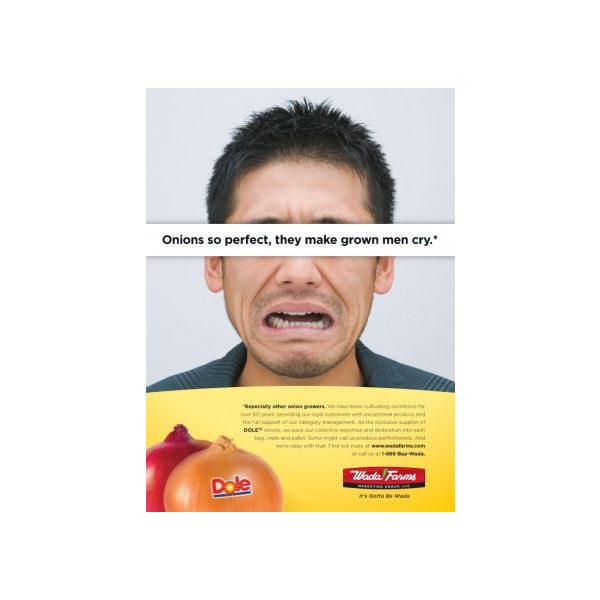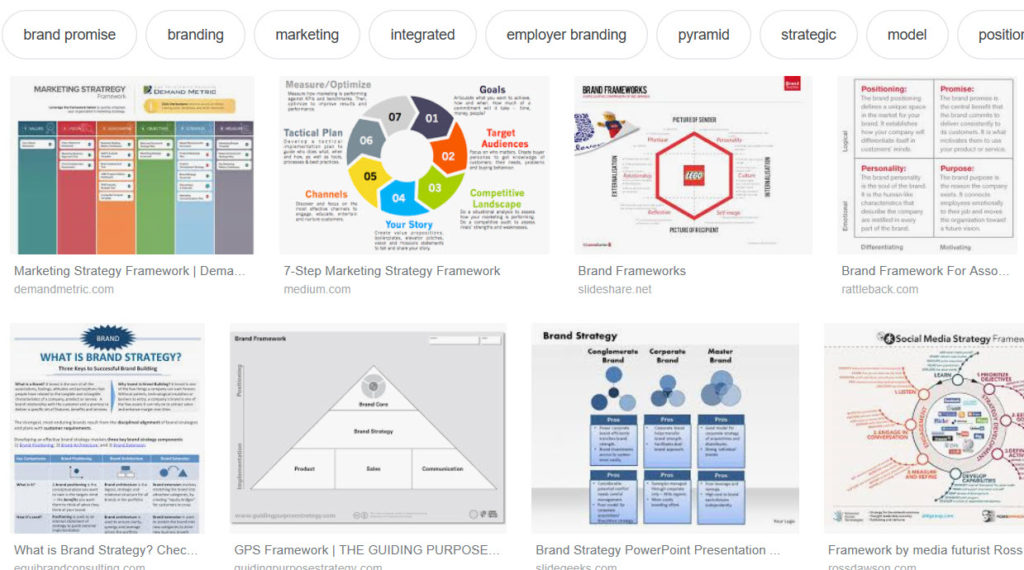Another Use for A Brand Brief.
I have a client with a very successful technology company. His client list is a Who’s Who of other tech companies, the likes of which anyone would be proud. When it comes to recruiting top talent, he competes with those same companies — even though the big boys are house hold names and he has a small firm. He often wins those recruitment competitions.
I love this company. They do so many things right. They’re growing in head count. They’re giving back to the category by sharing IP. They are working hard to be inclusive in what is typically a homogenous technology landscape. And they incentivize women to enter the business through generous programs, while not paying lip service to equality.
As part of the welcome packet, all new employees receive the What’s The Idea? brand brief. Mark Pollard has said many times “Strategy is your words” and this client wants employees to understand why they do what they do. The brand brief is the backstory that culminates in the “organizing principle for product, experience and messaging.” It guides employees throughout their daily rigors. And behaviors. And deeds.
You may call it culture. You may call it ethos. I call it brand strategy.
Peace.









